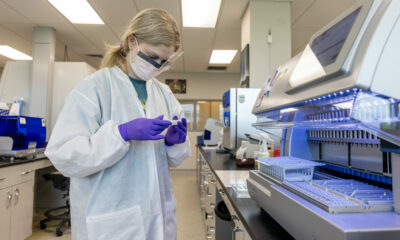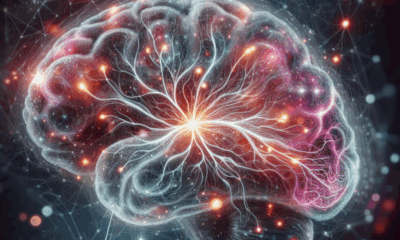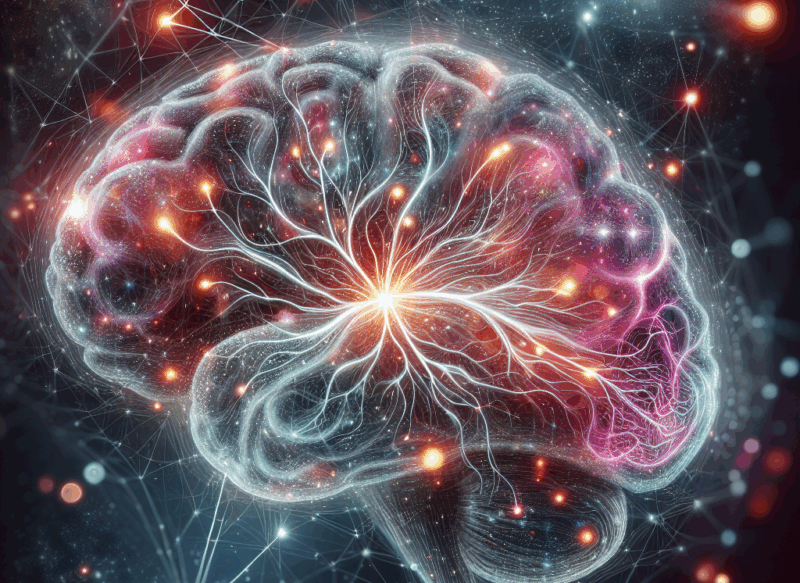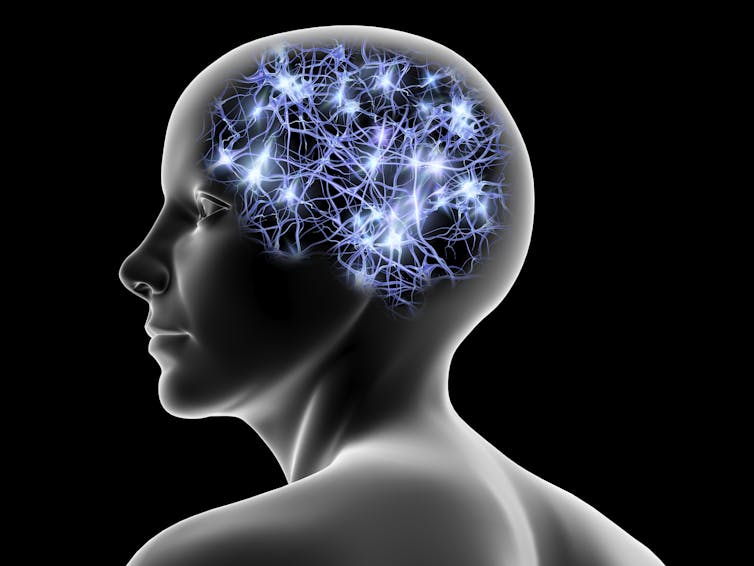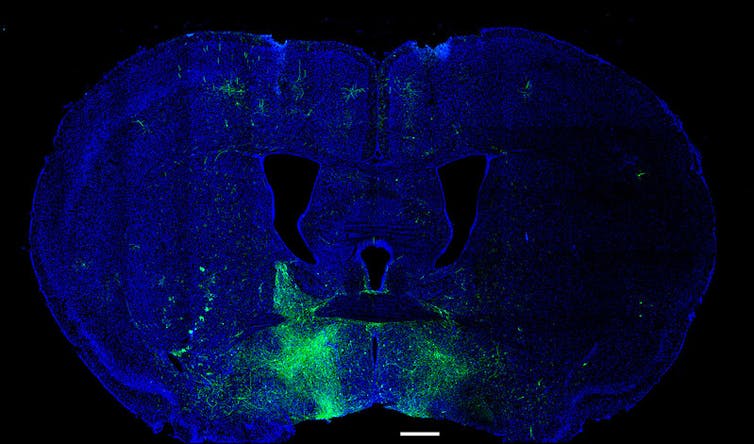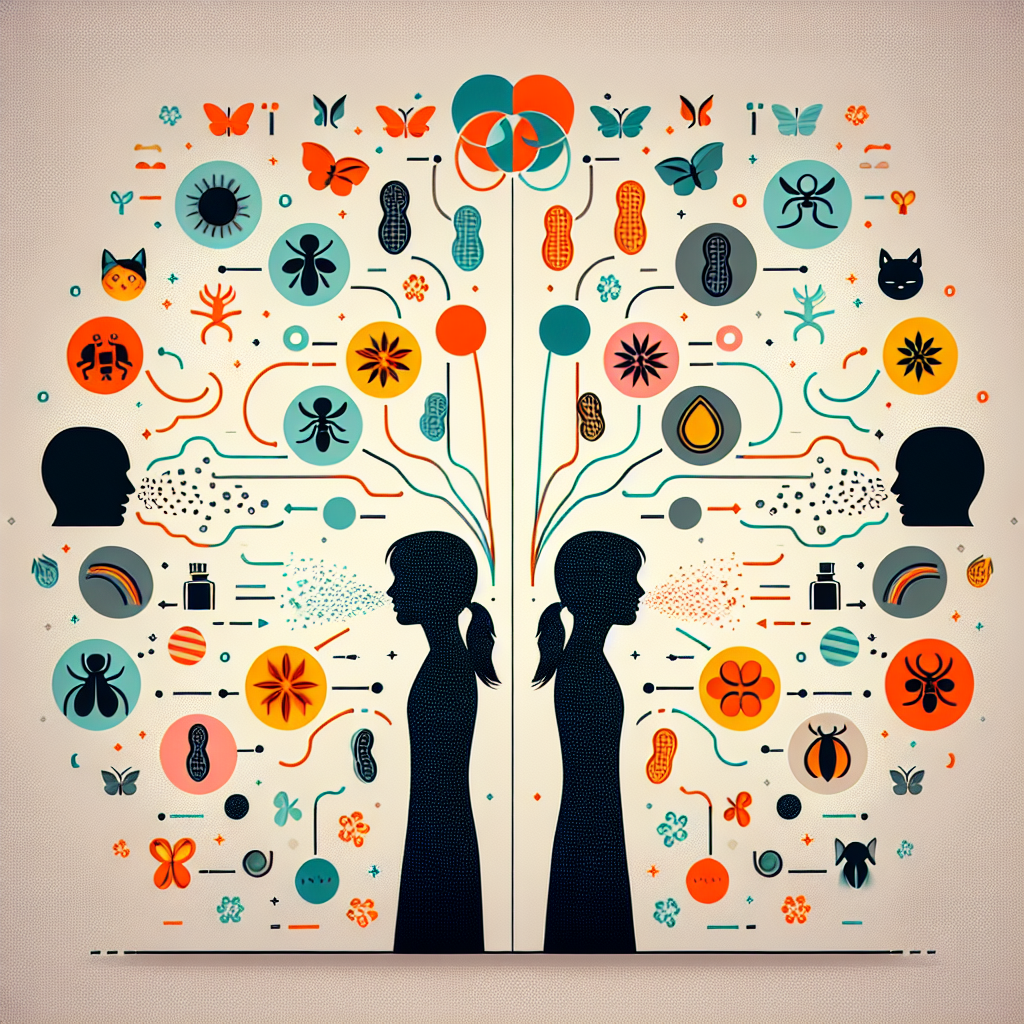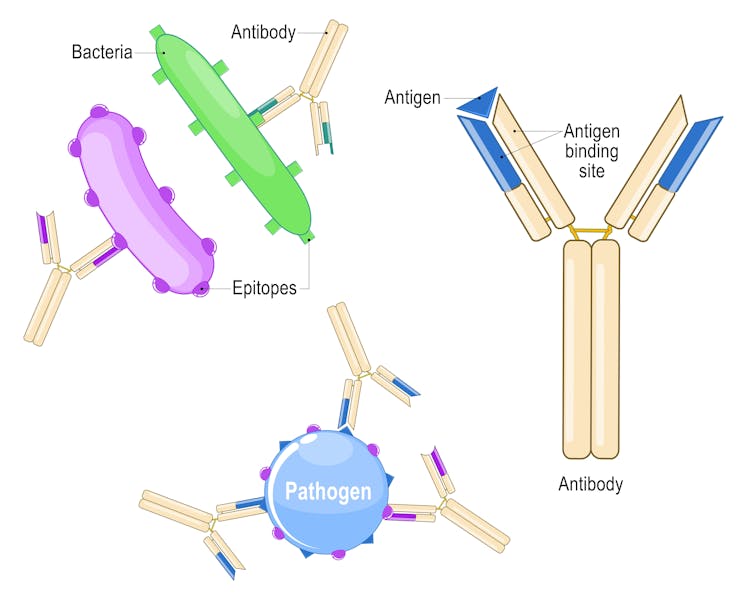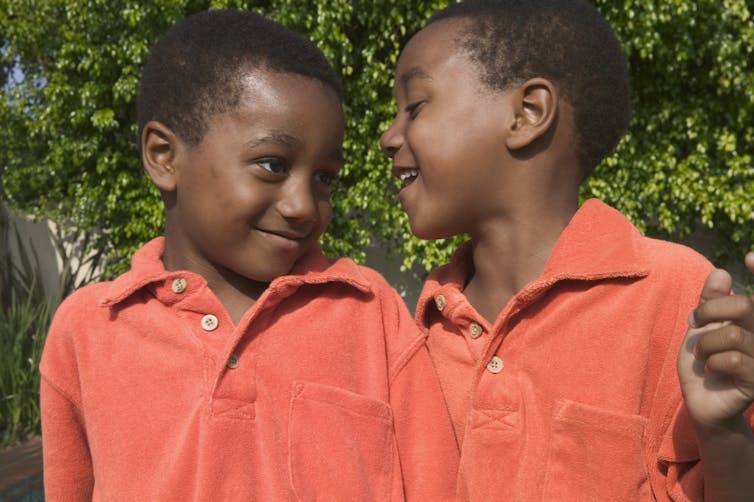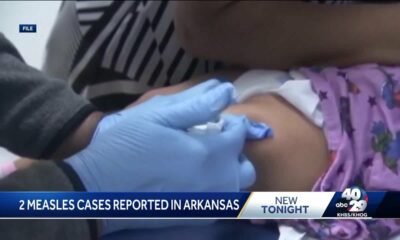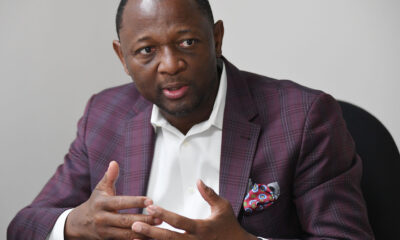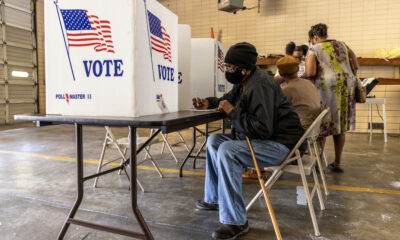
Cavan Images via Getty Images
In the early 1990s when I was a young pediatrician, I was responsible for evaluating children with developmental and learning problems. Two unrelated boys, ages 7 and 9, were found to have IQs in the range of 60-70, which indicates a severe cognitive disability.
During my medical review, the mothers revealed that their children were shaken violently as infants and that afterward behaved as if “the wind had been knocked out of them.” Both mothers reported shaking by a boyfriend or a father. No child was seen for medical care at the time.
At the same period of my career I was working with a renowned pediatrician who was studying shaken baby syndrome. The link between shaking and later cognitive impairment was not lost on me.
This scenario of shaken babies having neurological and developmental disabilities has played out over the past 30 years of my career as a child abuse pediatrician.
The high rates of death and disability
Shaken baby syndrome is a condition that can injure babies and young children, and in some cases lead to death.
A 2024 study on babies with shaken baby syndrome found that 20% to 25% of infants die, another 20% to 25% look normal on discharge from the hospital, and fully half are left with long-term disabilities. These include learning and behavioral problems that appear later in life.
The dangers of shaking babies have been recognized for over 50 years.
In the early 1970s, John Caffey, a pediatric radiologist, coined the term “Whiplash Shaken Infant Syndrome.” Caffey linked permanent brain damage and bleeding in the backs of the retina to violent shaking of infants. Caffey suggested a multipronged approach to prevention of this severe form of abuse that included educating and supporting young families, especially mothers. As primary caregivers, mothers are often most easily reached by the message, but the message of prevention can involve fathers, babysitters and any other caregivers.
Since Caffey’s original description, there have been tremendous advancements in the research behind shaking babies and infant head trauma. In 2009, the American Academy of Pediatrics recommended that medical providers use the term “abusive head trauma” to include many actions other than shaking that can injure the brains of infants and children. The use of shaken baby syndrome is still recommended for public education and prevention, and health care providers and other experts also recommend the use of the term because it’s commonly recognized by the lay public and understood by parents.
How the brain is affected
What happens to the brain of an infant when they are shaken?
Infants – the most common population to be shaken – are small and have undeveloped neck muscles.
In these incidents, the infant is typically grabbed around the chest and shaken back and forth several times. Small blood vessels around the brain break and bleed, causing blood to flow around the brain. This condition is called a subdural hematoma. In some cases, similar forces occur in the back of the eye, and hemorrhages in the retina can occur.
In the most severe forms of shaking, the tissue of the brain itself is injured, and the child may experience unconsciousness or even stop breathing. Neck injuries occur when shaking causes injuries to ligaments and muscles that support the neck. Sometimes children have other injuries after being thrown down or impacted against something. Skull fractures or fractures of other bones, bruising and other injuries are often found.

A complex diagnosis
An infant or child must be diagnosed as having abusive head trauma by a team of pediatric specialists. Usually, a concerned parent or caregiver who may or may not know an infant has been injured becomes concerned that the child is not behaving normally. The child may have symptoms ranging from persistent vomiting to seizures or even seem unconscious.
The medical team begins addressing the child’s condition through blood testing and X-rays. Often a CT scan is performed in order to determine if there is a brain injury or some other abnormality. Bleeding around the brain is an indicator of trauma. However, other conditions can also cause this type of bleeding, including bleeding disorders, vitamin deficiency or genetic problems.
Carefully assessing a child for all of these possibilities may lead to discovery of other areas of trauma, such as broken bones and bruises. A child abuse physician is often called in to assist with the evaluation when trauma becomes a leading diagnosis. That trauma could be accidental, or it could be a sign that someone has abused or hurt an infant.
There are other medical conditions and even accidental injuries to a child that may resemble abusive head trauma. Experienced clinicians will evaluate a child carefully for these well-described conditions. Controversy about many of these conditions may exist in the courtroom, but in the medical setting it is often clear which conditions are present and when injuries are caused by trauma versus other medical conditions.
All 50 states and territories of the U.S. require that a report is made to child protective services agencies, with law enforcement often being involved when someone suspects or knows that a baby has been shaken.
Investigators and doctors work together along with parents and caregivers to try to determine what led to the infant or child’s condition. Bruising, fractures and retinal hemorrhages may support a diagnosis of child abuse, specifically shaken baby syndrome.
During an investigation, a rare accidental cause may be determined. The purpose is to make sure infants and children are not being harmed or that a medical condition is uncovered that can be treated.
As a pediatrician working in a children’s hospital and trauma center, it will never get easier for me to see infants and children with abusive injuries as well as other head traumas. The U.S. has come a long way in ensuring the safety of children through the use of car seats and many safety devices.
Education can help
Crying in infancy is a common trigger in cases where shaking occurs. Other risk factors include isolation, poverty, domestic violence and substance use. During severe economic downturns, the rate of shaken baby incidents rises, since research shows that social stressors often contribute.
Although anyone can injure a baby in a moment of frustration, most prevention research has focused specifically on helping parents understand why infants cry or become fussy. Recognizing your infant’s needs and addressing those needs is an important piece of learning how to parent. Studies have shown that focused education for new parents in maternity wards by nurses is effective.
If you or someone you know is concerned that a child or infant is being harmed in any way, each state has a process for reporting these concerns to appropriate authorities. Reporting can help prevent further harm to an infant and provide assistance to families.
The National Center on Shaken Baby Syndrome, the American Academy of Pediatrics and the Centers for Disease Control and Prevention offer some helpful resources.![]()
Lori Frasier, Professor of Pediatrics, Penn State
This article is republished from The Conversation under a Creative Commons license. Read the original article.






